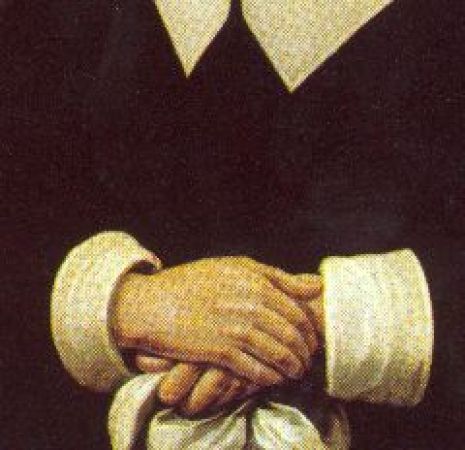Bleeding Flowers and Waning Moons: A History of Menstruation in France, c. 1495-1761
18 septembre 2009
Cathy McCLIVE
Thèse en Histoire, Dir. Colin Jones, H. Marland, P. Roberts, D. Jacquart, Univ. of Warwick – Ecole Pratique des Hautes Etudes, IVe sect. Sorbonne, 2004
This thesis explores early modern perceptions of menstrual bleeding by asking three main questions: to what extent was menstrual bleeding gendered in early modern France, how was the relationship between menses and conception understood and what were the wider ramifications of this’ This thesis draws on diverse sources including medical, casuistic and judicial texts, court records and private documents. Chapter One outlines the database of medical texts which forms a cornerstone of the thesis. Chapter Two examines medical notions of menstrual bleeding within the context of attitudes to blood, blood-related fluids and the humoral and mechanical bodies. Sixteenth-century casuistry is cross-referenced with medical notions of the relationship of menses to conception allowing a deconstruction of biblical taboos surrounding sex during menstrual bleeding and notions of menses as polluting. Chapter three argues that the key to early modern perceptions of menstrual bleeding lies in an investigation of concepts of time and periodicity in the context of the merging of blood-related fluids in the humoral body. Chapter four explores early modern debates on the length of gestation and the calculation of a woman’s time on the basis of the monthly menstrual cycle. In chapter five, the ambivalent nature of menstrual bleeding in the medico-legal arena is explored and the different cultural meanings ascribed to various bloody discharges emanating from the living female body are analysed. In the sixth chapter the issues of sexual difference and hermaphroditism are discussed with regard to the absence or presence of menstrual bleeding and the sexing or gendering of the menstruating body.
Thèse en Histoire, Dir. Colin Jones, H. Marland, P. Roberts, D. Jacquart, Univ. of Warwick – Ecole Pratique des Hautes Etudes, IVe sect. Sorbonne, 2004
This thesis explores early modern perceptions of menstrual bleeding by asking three main questions: to what extent was menstrual bleeding gendered in early modern France, how was the relationship between menses and conception understood and what were the wider ramifications of this’ This thesis draws on diverse sources including medical, casuistic and judicial texts, court records and private documents. Chapter One outlines the database of medical texts which forms a cornerstone of the thesis. Chapter Two examines medical notions of menstrual bleeding within the context of attitudes to blood, blood-related fluids and the humoral and mechanical bodies. Sixteenth-century casuistry is cross-referenced with medical notions of the relationship of menses to conception allowing a deconstruction of biblical taboos surrounding sex during menstrual bleeding and notions of menses as polluting. Chapter three argues that the key to early modern perceptions of menstrual bleeding lies in an investigation of concepts of time and periodicity in the context of the merging of blood-related fluids in the humoral body. Chapter four explores early modern debates on the length of gestation and the calculation of a woman’s time on the basis of the monthly menstrual cycle. In chapter five, the ambivalent nature of menstrual bleeding in the medico-legal arena is explored and the different cultural meanings ascribed to various bloody discharges emanating from the living female body are analysed. In the sixth chapter the issues of sexual difference and hermaphroditism are discussed with regard to the absence or presence of menstrual bleeding and the sexing or gendering of the menstruating body.
The thesis demonstrates that attempts to understand menstrual bleeding extended beyond the early modern medical world and captured the imagination of an entire cross-section of French society revealing culturally- embedded concerns about marriage, progeny, the family, patrilineage and state formation.


